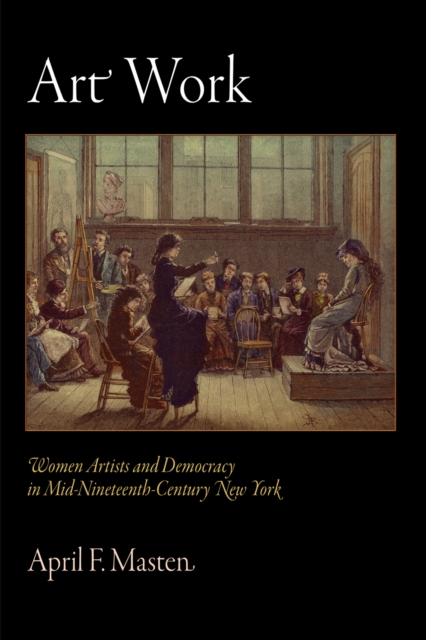"I was in high spirits all through my unwise teens, considerably puffed up, after my drawings began to sell, with that pride of independence which was a new thing to daughters of that period."--The Reminiscences of Mary Hallock Foote Mary Hallock made what seems like an audacious move for a nineteenth-century young woman. She became an artist. She was not alone. Forced to become self-supporting by financial panics and civil war, thousands of young women moved to New York City between 1850 and 1880 to pursue careers as professional artists. Many of them trained with masters at the Cooper Union School of Design for Women, where they were imbued with the Unity of Art ideal, an aesthetic ideology that made no distinction between fine and applied arts or male and female abilities. These women became painters, designers, illustrators, engravers, colorists, and art teachers. They were encouraged by some of the era's best-known figures, among them Tribune editor Horace Greeley and mechanic/philanthropist Peter Cooper, who blamed the poverty and dependence of both women and workers on the separation of mental and manual labor in industrial society. The most acclaimed artists among them owed their success to New York's conspicuously egalitarian art institutions and the rise of the illustrated press. Yet within a generation their names, accomplishments, and the aesthetic ideal that guided them virtually disappeared from the history of American art. Art Work: Women Artists and Democracy in Mid-Nineteenth-Century New York recaptures the unfamiliar cultural landscape in which spirited young women, daring social reformers, and radical artisans succeeded in reuniting art and industry. In this interdisciplinary study, April F. Masten situates the aspirations and experience of these forgotten women artists, and the value of art work itself, at the heart of the capitalist transformation of American society.




